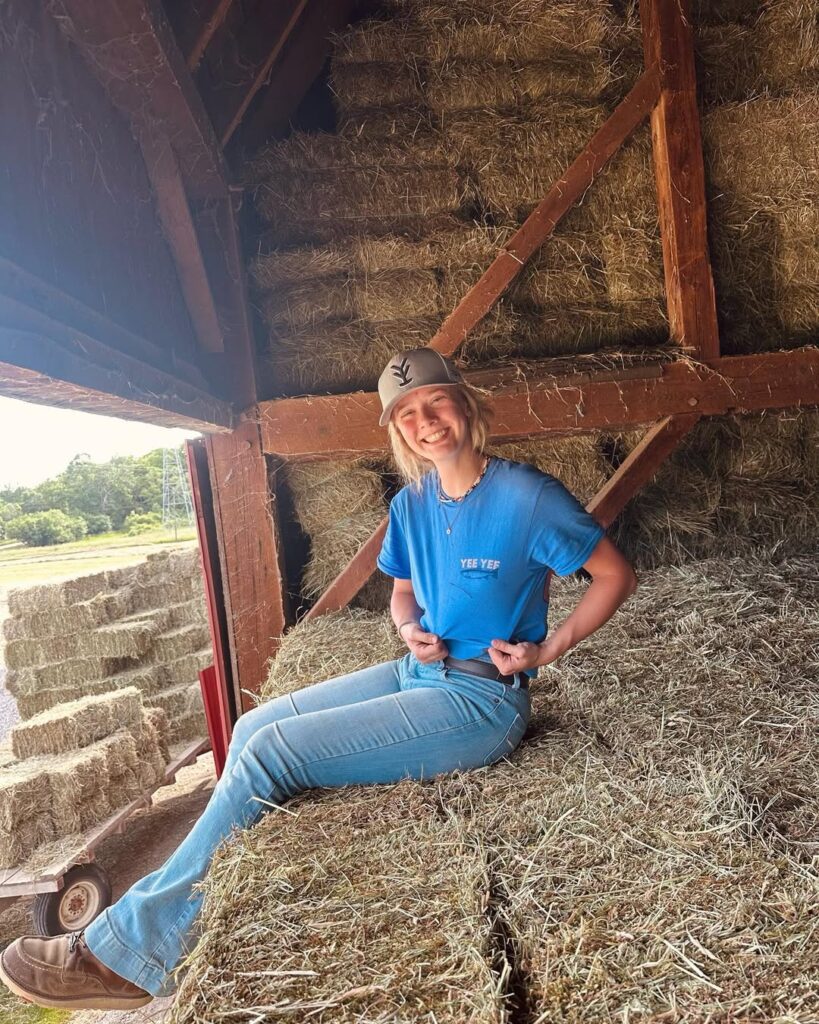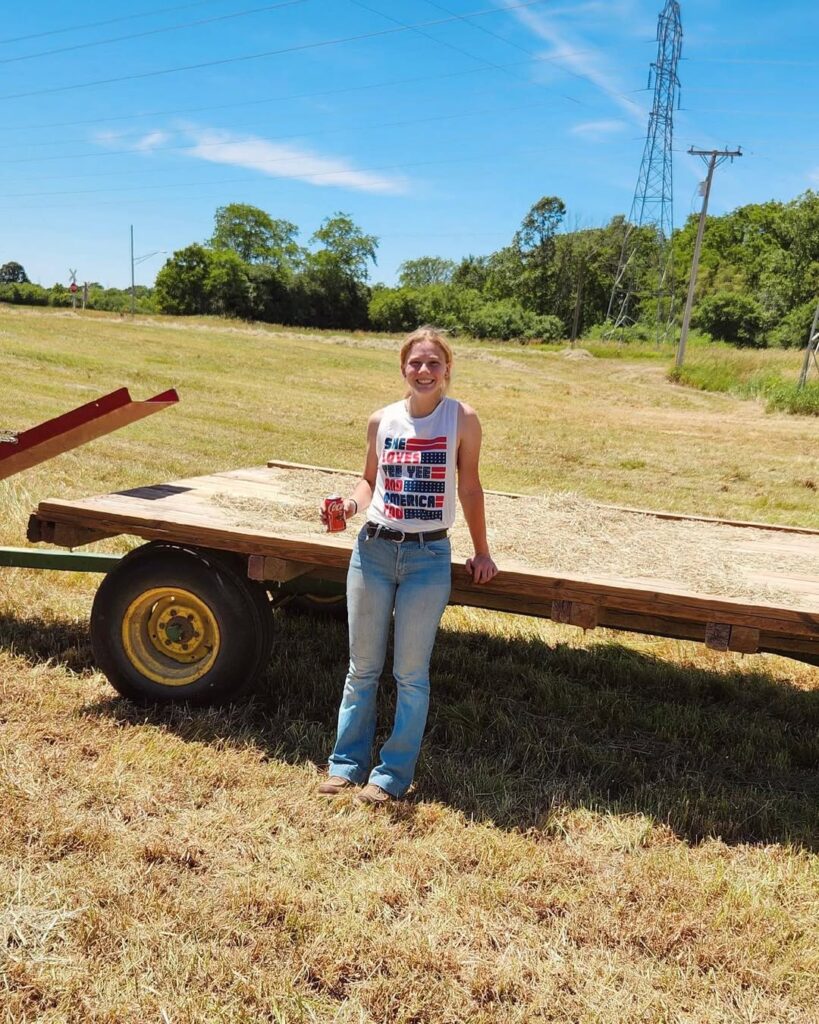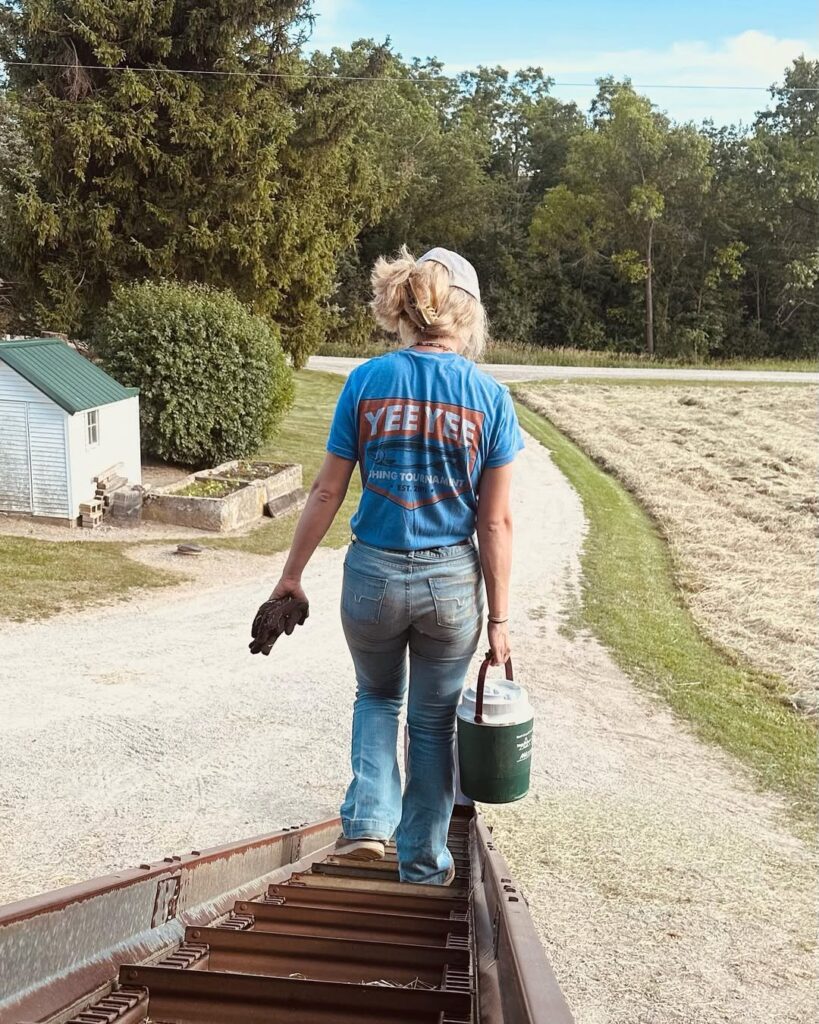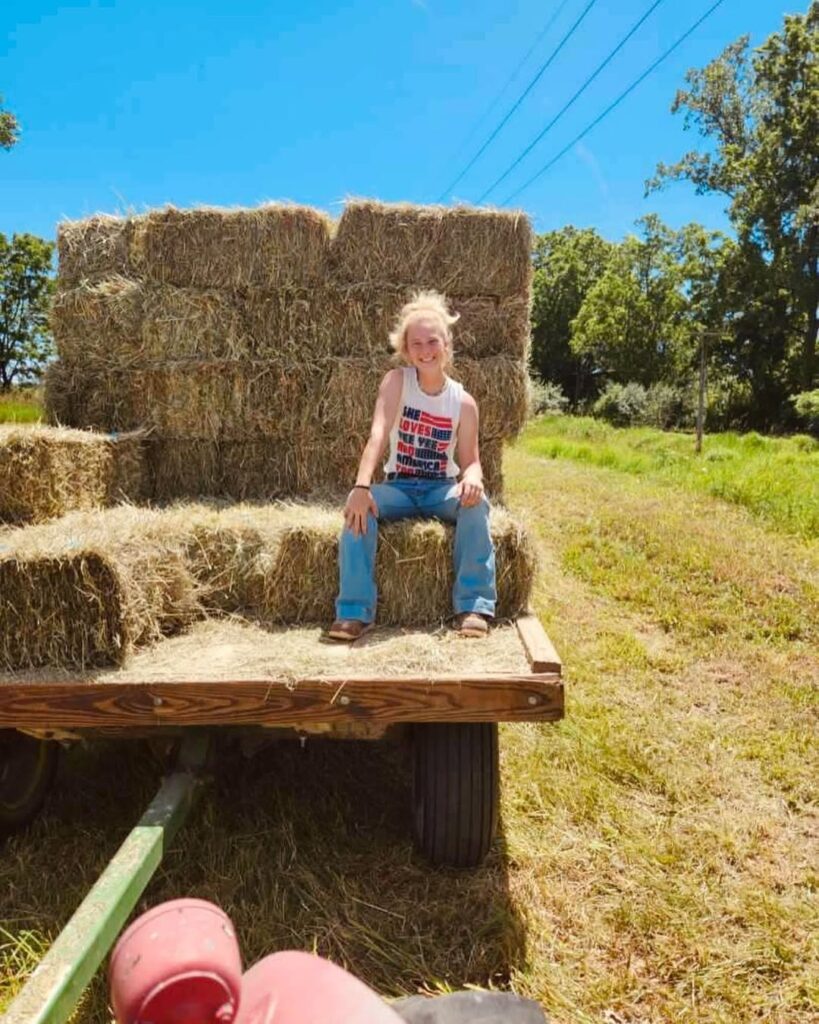In an increasingly urbanized world, many people are rediscovering the appeal of countryside living and farming. Whether motivated by the desire for a slower pace of life, a closer connection to nature, or the pursuit of sustainability and self-sufficiency, life in rural areas offers a unique set of rewards and challenges. Farming, in particular, is both a livelihood and a lifestyle that defines the countryside for many. This article explores the realities, benefits, and demands of countryside living with a focus on farming as a central component.

The Appeal of Countryside Living
Living in the countryside is fundamentally different from city life. The landscape is open, the air is cleaner, and the pace is often slower. For many, it means fewer crowds, less noise, and a deeper sense of peace and community. The countryside offers the chance to live closer to the land and embrace a lifestyle that revolves around nature and its cycles.
Families who move from cities to rural areas often report improved mental health, better sleep, and a stronger connection with their surroundings. For children, growing up in a rural environment can encourage outdoor play, independence, and an appreciation for animals and natural ecosystems.
Farming as a Way of Life
Farming isn’t just an occupation—it’s a way of life that shapes one’s daily routine, values, and relationship with the environment. Whether you run a small homestead or a large-scale commercial operation, farming requires dedication, physical effort, and a deep understanding of the land.

Types of Farming
There are several types of farming, each with its own practices and goals:
- Subsistence Farming: This involves growing food primarily for personal or family use. It’s common in small homesteads where the goal is self-sufficiency.
- Commercial Farming: Larger operations that produce crops or livestock for sale and profit. These farms often rely on modern equipment, hired labor, and market strategies.
- Organic Farming: A method that avoids synthetic chemicals and emphasizes sustainable practices. Organic farmers focus on soil health, biodiversity, and environmentally friendly techniques.
- Permaculture and Regenerative Farming: These systems aim to create self-sustaining ecosystems that restore and enhance the land rather than deplete it.
- Hobby Farming: Some people farm part-time while maintaining other careers. They may raise chickens, grow vegetables, or keep bees out of interest rather than economic necessity.
The Daily Routine of a Farmer
Life on a farm is deeply tied to the rhythm of the seasons and the needs of crops and animals. Mornings often begin early, with tasks such as feeding livestock, milking cows, checking fences, or inspecting crops. Days are filled with physical labor—planting, harvesting, cleaning equipment, repairing barns, or processing produce.
Farmers must also be planners and managers. Weather patterns, market prices, and seasonal timing all affect decision-making. Some tasks, like calving or haymaking, are time-sensitive and labor-intensive, requiring long hours and little room for error.

The Challenges of Farming
While farming can be incredibly rewarding, it’s also filled with challenges. Some of the most common include:
- Unpredictable Weather: Drought, floods, frost, and storms can destroy crops and affect livestock.
- Financial Risk: Farming often involves high upfront costs and uncertain returns. Equipment, feed, seed, and veterinary care can be expensive.
- Isolation: Rural living can mean being far from social services, entertainment, and healthcare.
- Labor Shortage: Especially on family farms, there’s often a shortage of help during busy seasons.
- Regulatory and Market Pressures: Modern farmers must navigate a maze of government regulations, food safety standards, and fluctuating market prices.
Despite these obstacles, many farmers are passionate about their work and find purpose in providing food, improving their land, and contributing to their communities.

Benefits of Farming Life
The rewards of farming and countryside living are many:
- Connection to Nature: Working outside, observing wildlife, and living according to the seasons can be deeply satisfying.
- Self-Sufficiency: Growing your own food and raising animals fosters independence and resilience.
- Health and Fitness: Physical work keeps farmers active and fit.
- Community Values: Rural communities often have strong social ties and a spirit of cooperation.
- Sustainability: Many farmers adopt practices that contribute to ecological health, including composting, crop rotation, and renewable energy use.
Furthermore, the rise of farm-to-table movements and local markets has created opportunities for small-scale farmers to connect directly with consumers who value fresh, ethically produced food.
Farming in the Modern Age
Today’s farmers have access to tools and technology that were unimaginable a few decades ago. GPS-guided tractors, drone crop monitoring, automated irrigation systems, and livestock health sensors are transforming agriculture. Even small farms benefit from mobile apps that track weather, manage expenses, and provide data on soil quality.
At the same time, there’s a growing awareness of sustainable practices. Many new farmers focus on building soil fertility, conserving water, and minimizing chemical use. Community Supported Agriculture (CSA), farmers’ markets, and online food delivery have also made it easier for small farms to thrive without relying on industrial-scale production.

Starting Your Own Farm
For those dreaming of countryside life and farming, getting started can seem daunting. Here are a few steps to consider:
- Education: Learn about farming through books, courses, or by working on existing farms.
- Land: Decide how much land you need and what kind is suitable for your goals (e.g., pasture, fertile soil, water access).
- Start Small: Begin with manageable projects like a vegetable garden, chickens, or a greenhouse.
- Invest in Tools: Buy quality tools and machinery within your budget.
- Plan for Income: Consider selling produce, offering agritourism experiences, or producing value-added goods like jams or soaps.
Grants and support programs exist in many countries to help beginning farmers, especially those who focus on sustainable practices or underserved areas.

Final Thoughts
Living in the countryside and engaging in farming is not for everyone—it demands commitment, adaptability, and a genuine love for nature and hard work. Yet for those who embrace it, farming can provide a deeply fulfilling life. It offers not only physical rewards like fresh food and open space but also intangible ones: peace, purpose, and a profound connection to the earth.
In a world where many feel disconnected from where their food comes from or how ecosystems function, farming offers a powerful remedy. It grounds people in the realities of life and death, growth and decay, struggle and abundance. Whether you’re tending a small vegetable patch or running a multi-acre operation, life in the countryside through farming remains one of the most authentic and enriching experiences available.
